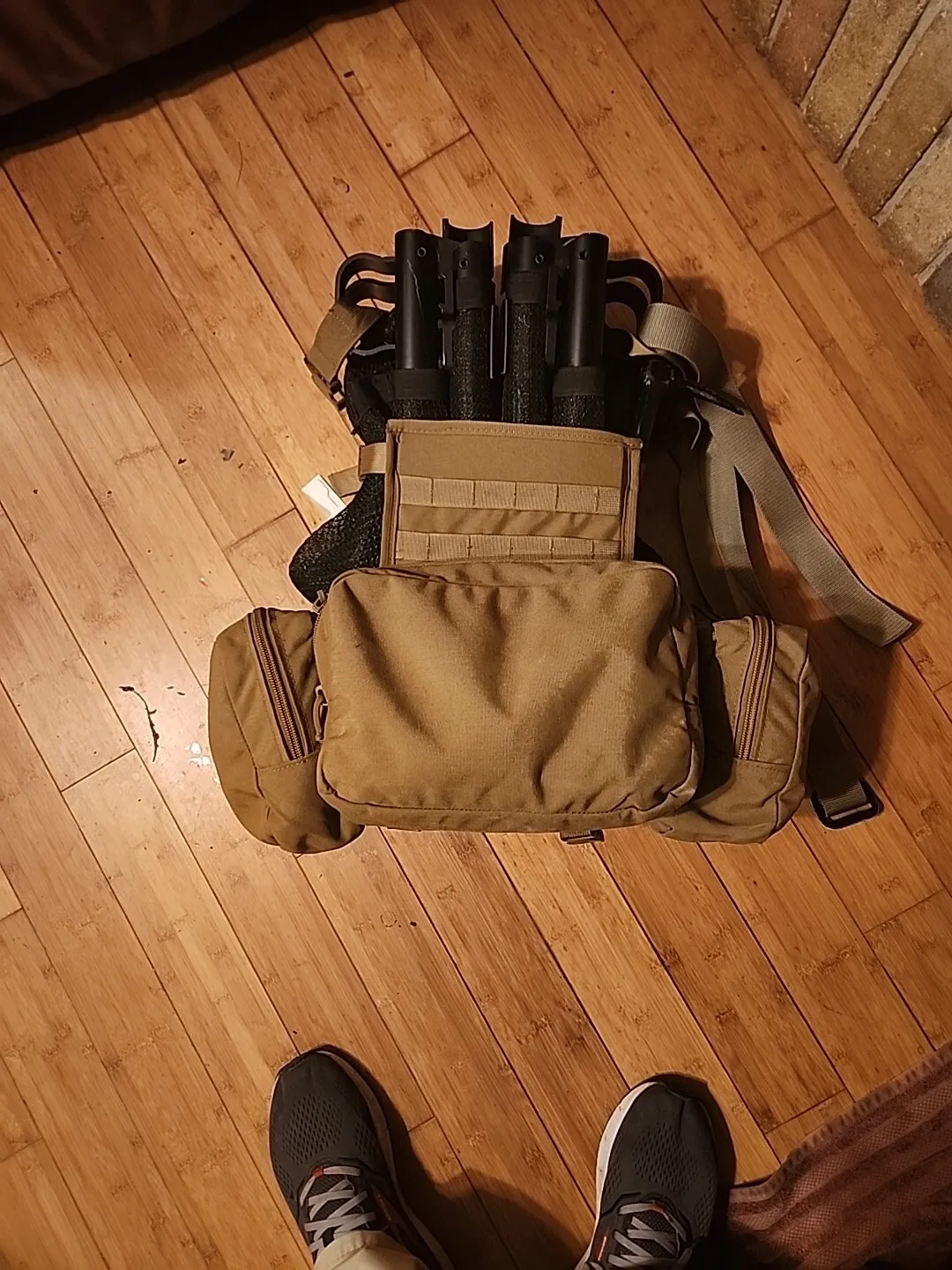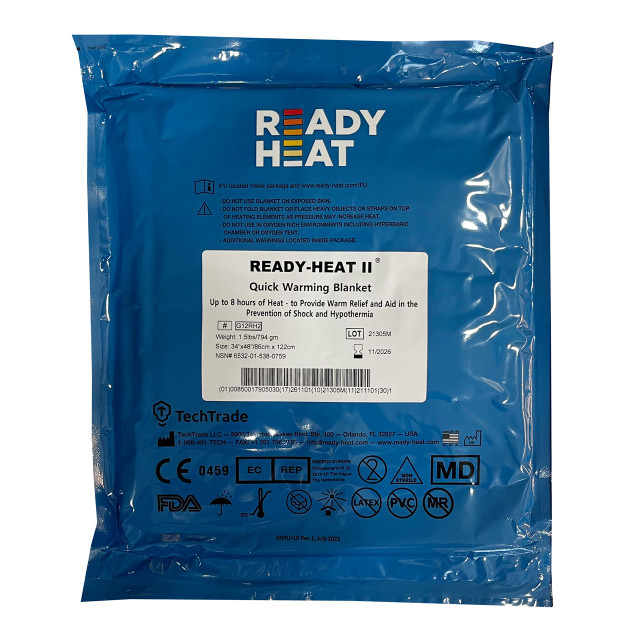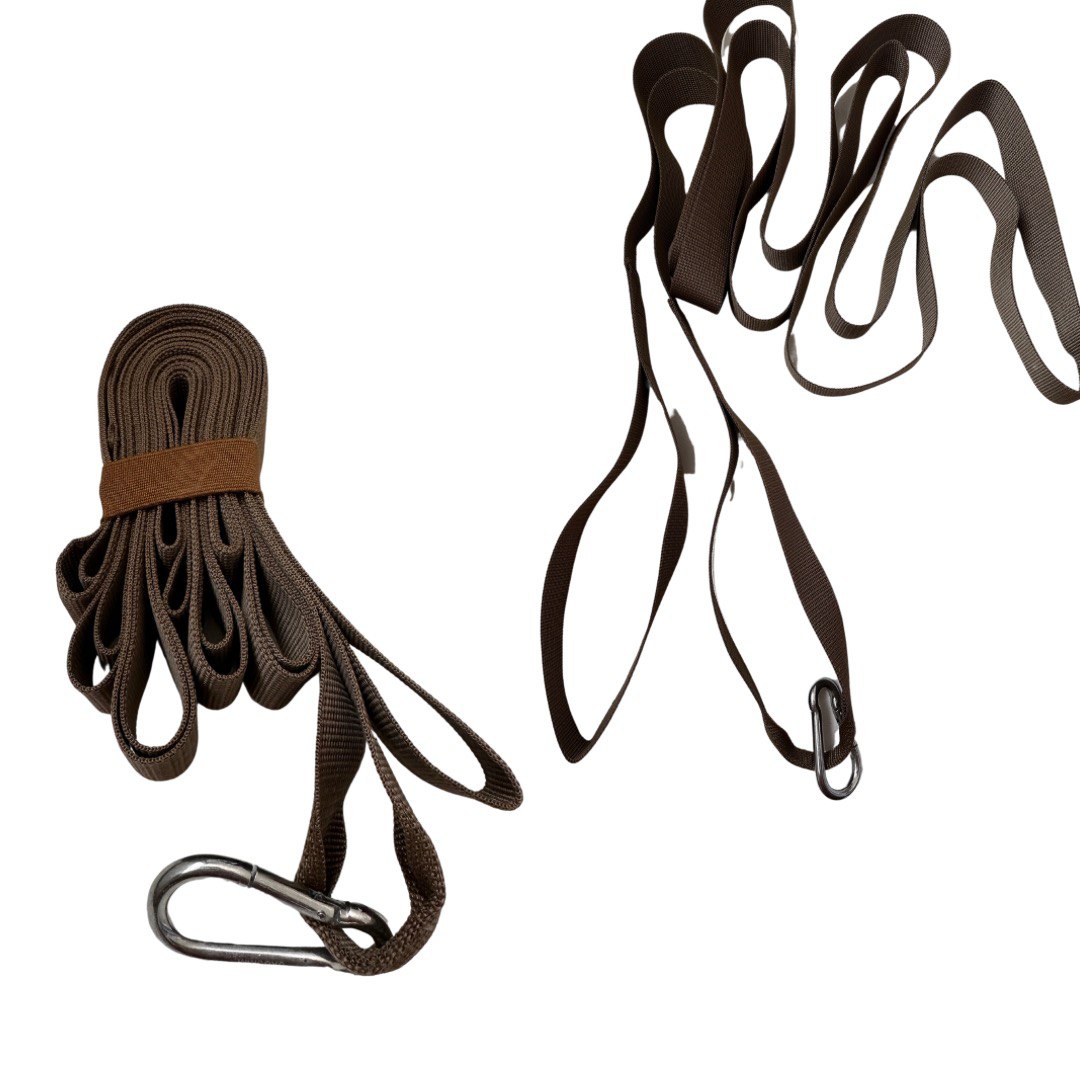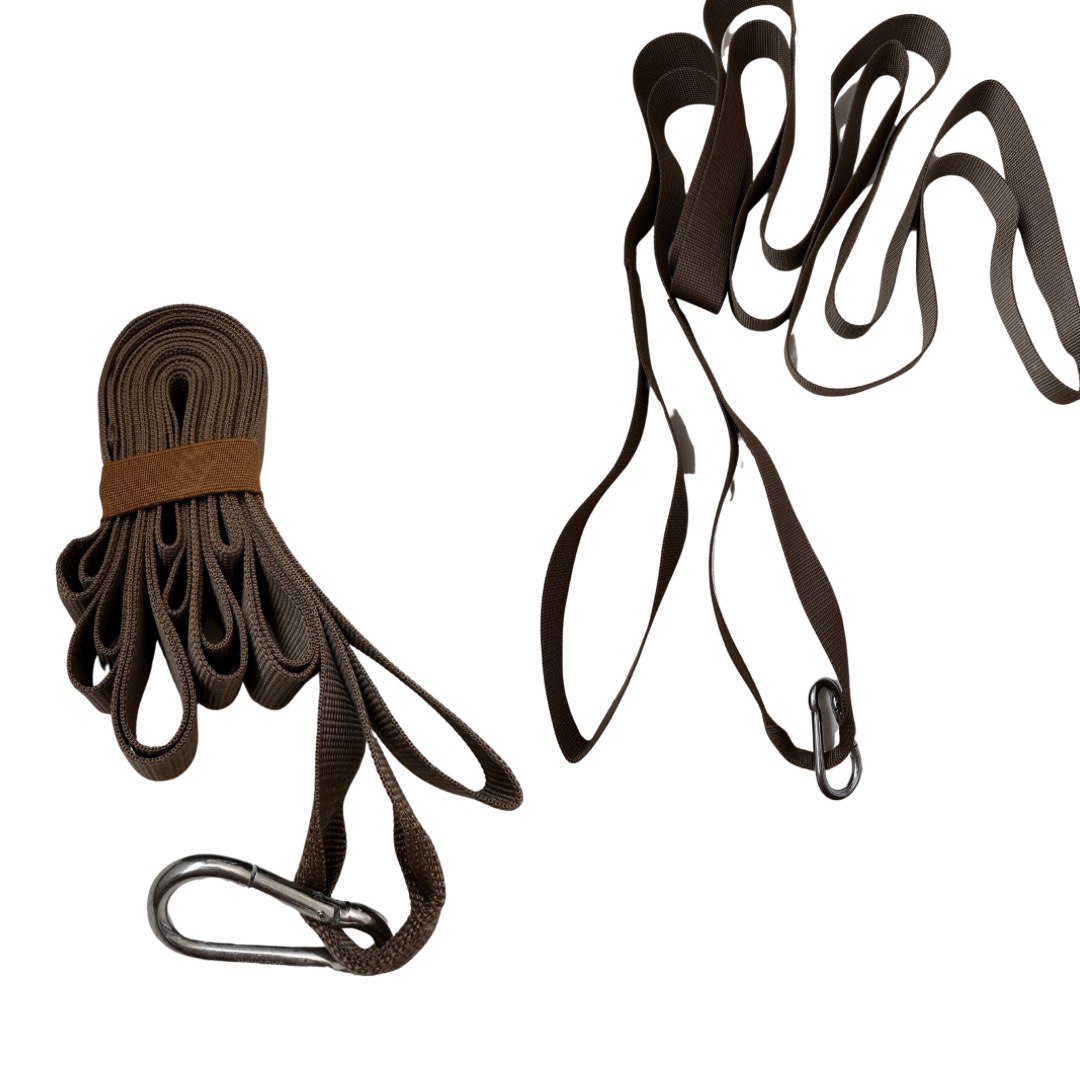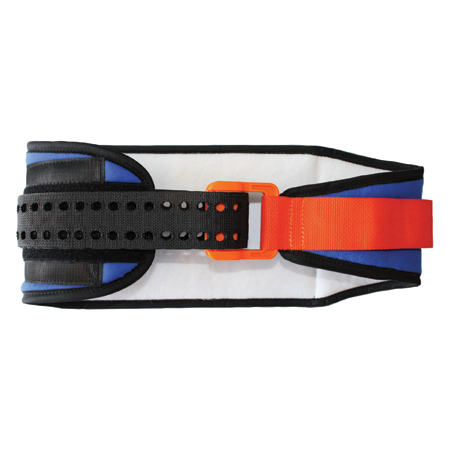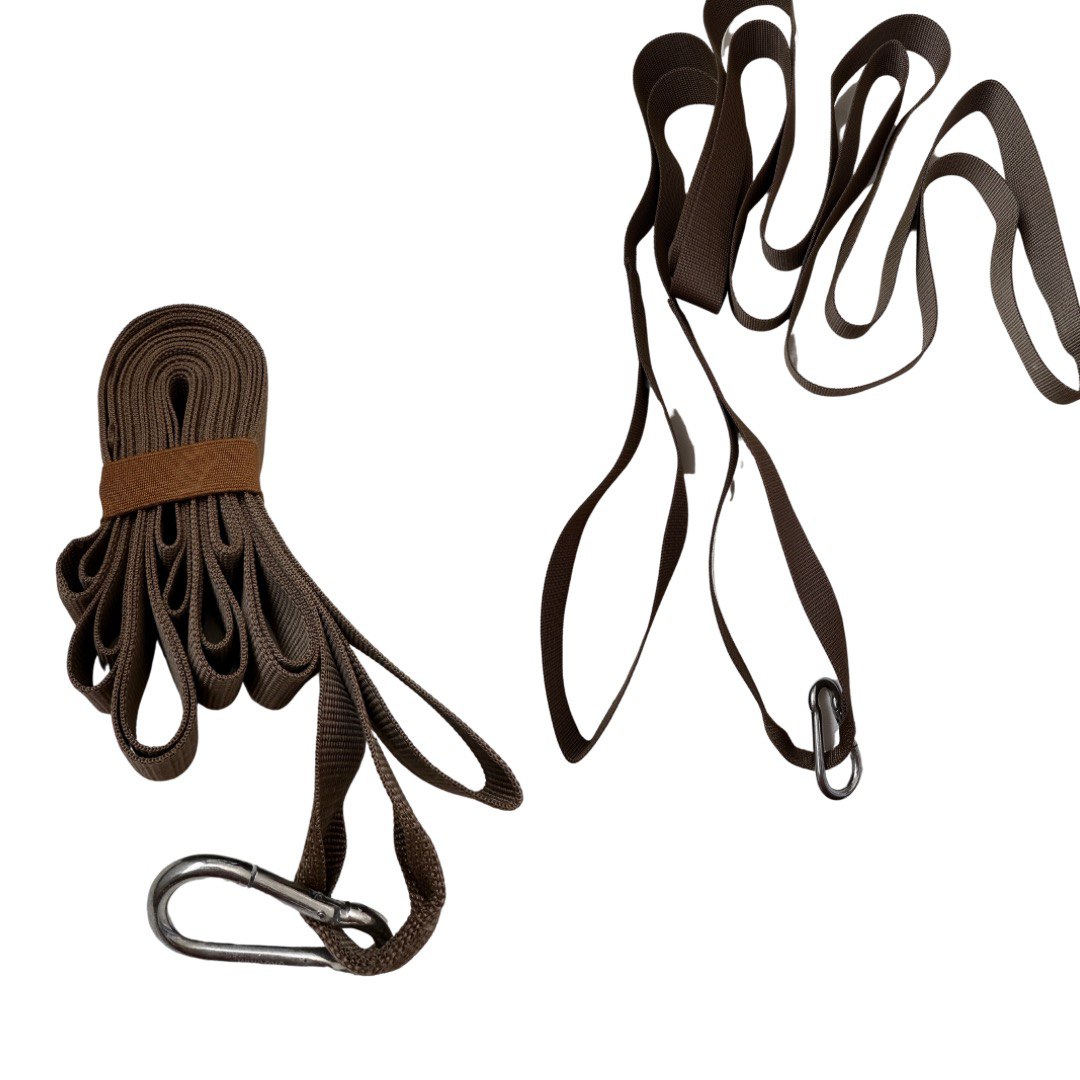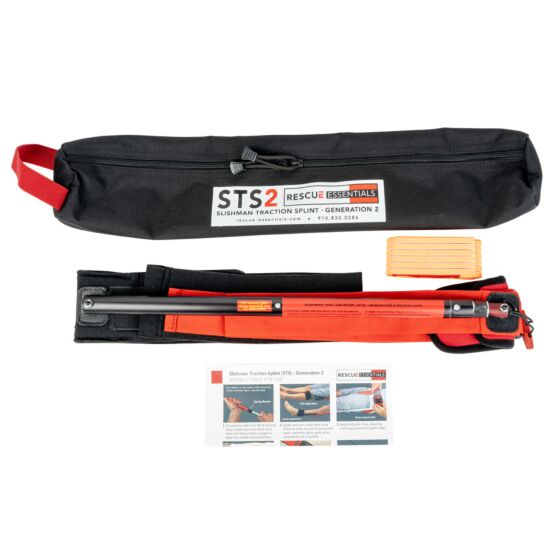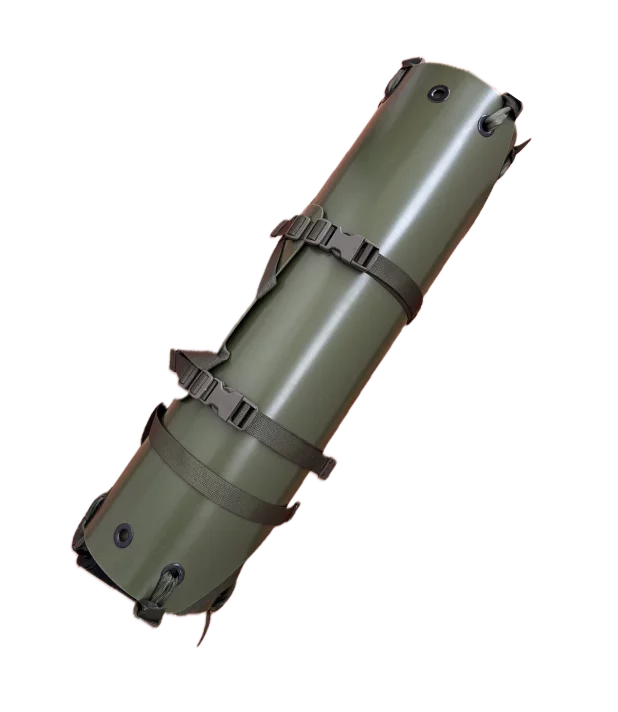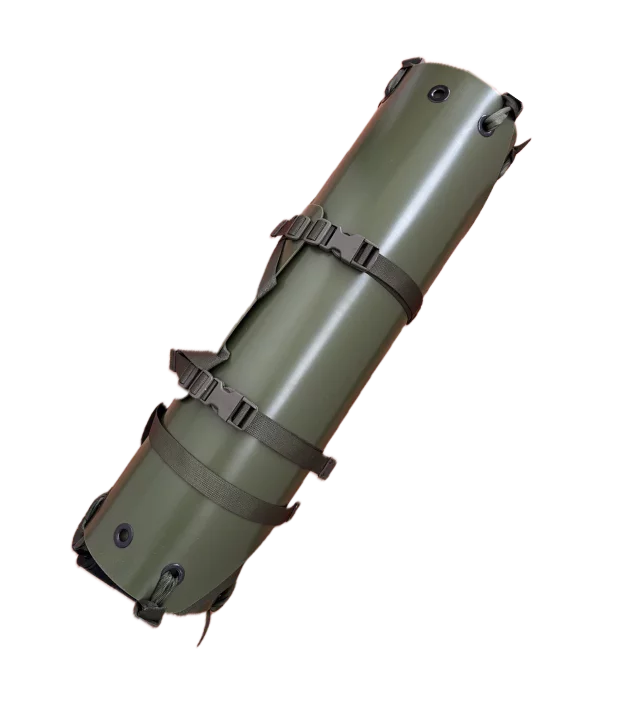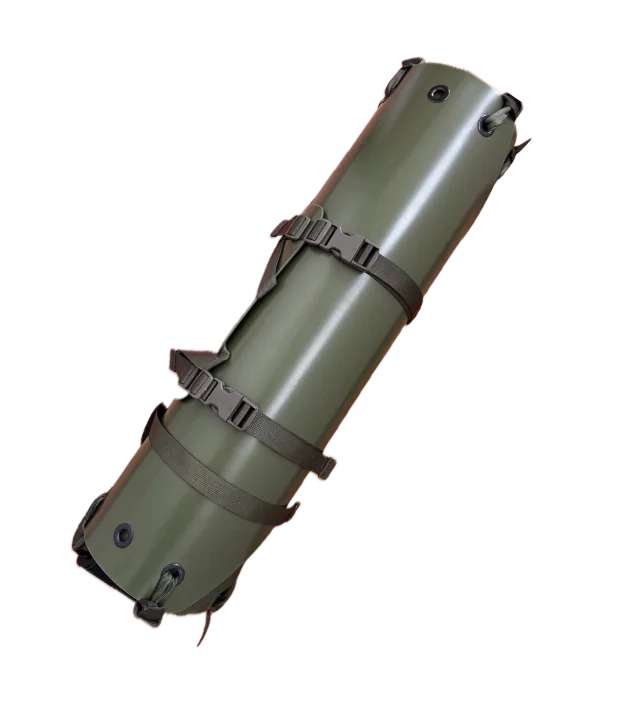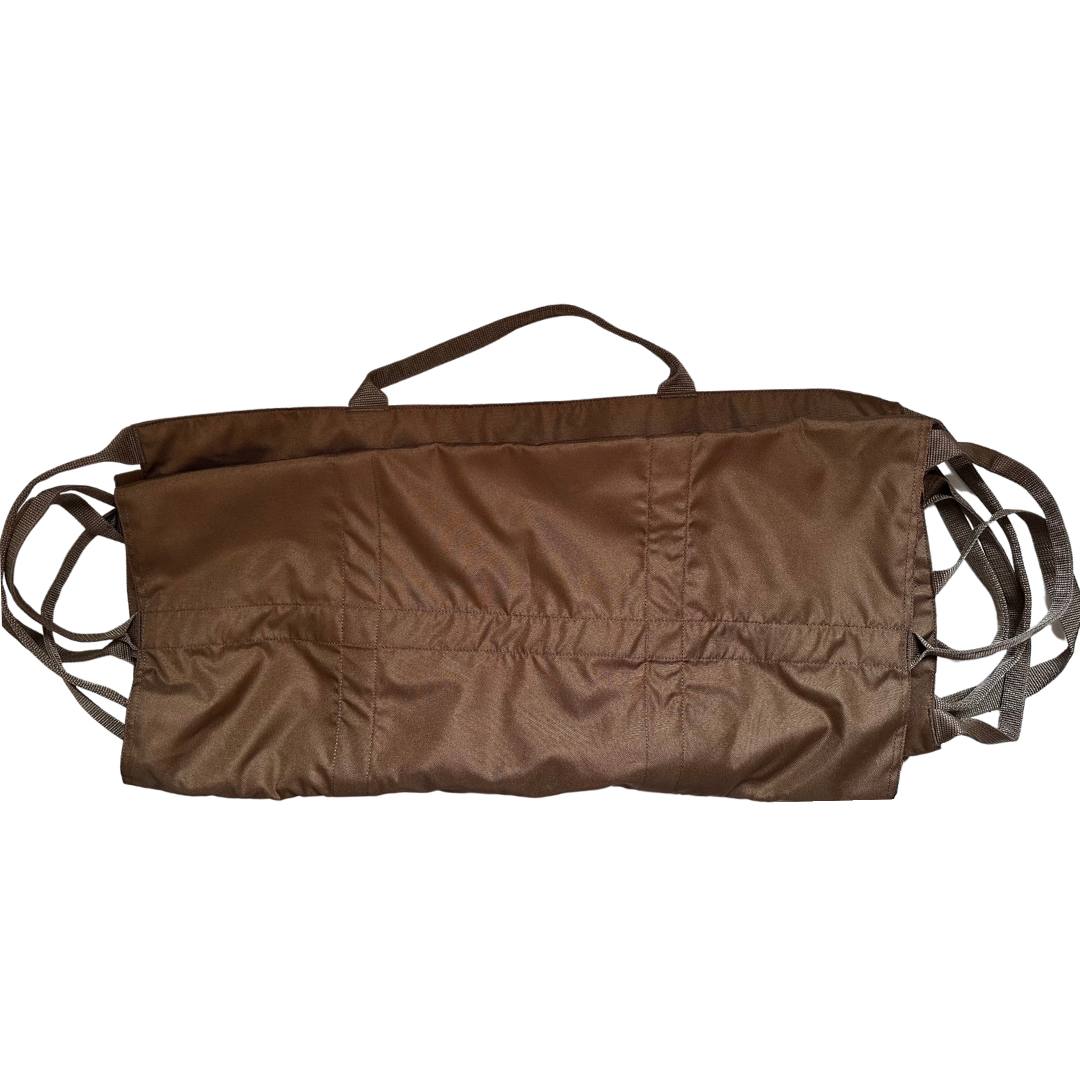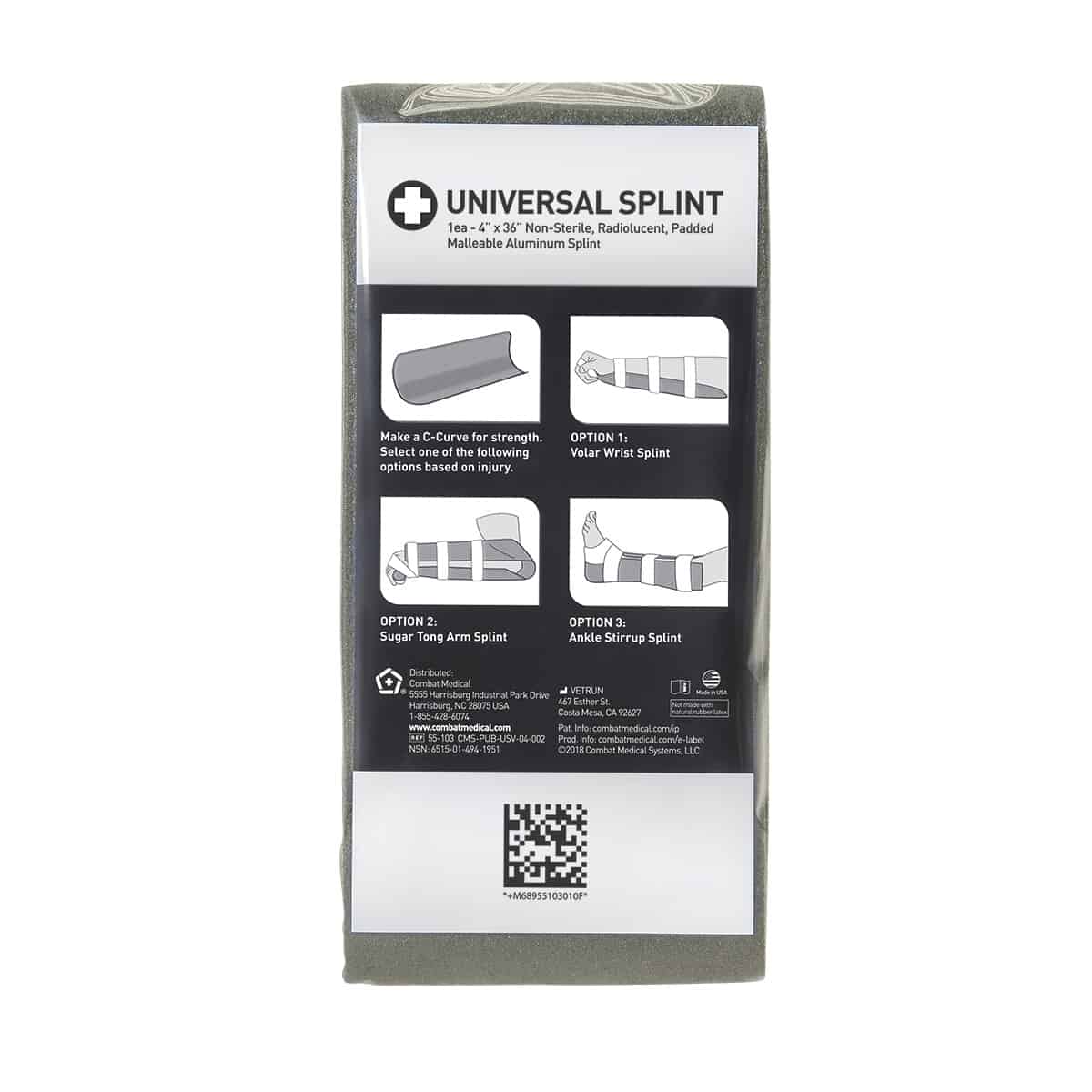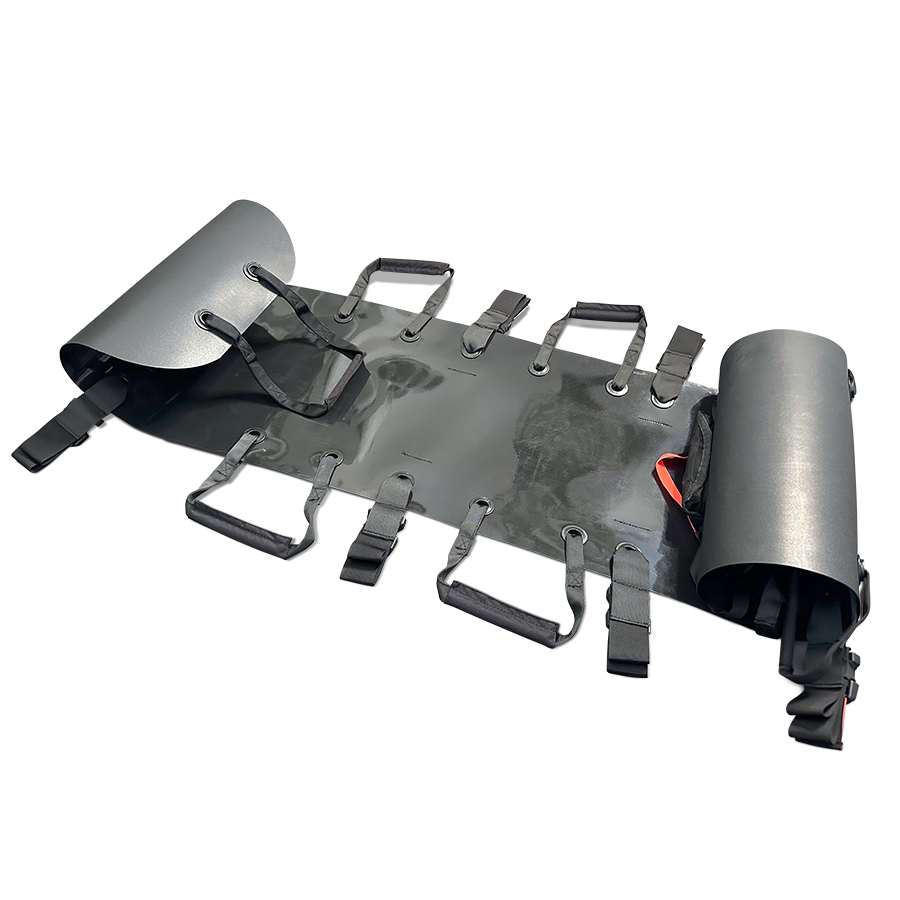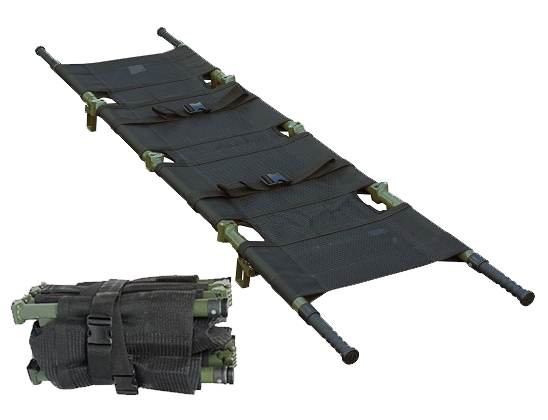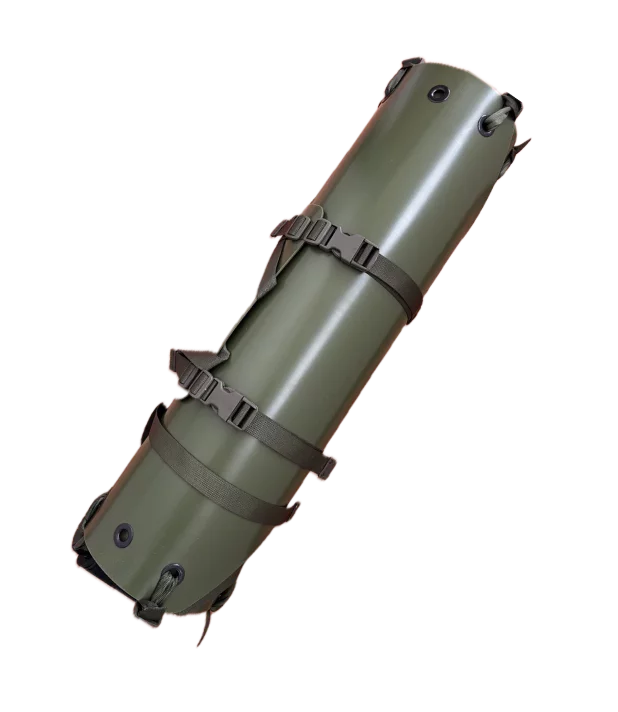Immobilization and Evacuation in Tactical Medicine
Immobilization and evacuation are some of the most crucial components of tactical medicine. In cases of serious injuries, such as bone fractures, spinal injuries, or traumatic shock, effective immobilization reduces the risk of further tissue damage, enhances treatment efficiency, and facilitates the transportation of casualties.
The primary immobilization tools include splints, stretchers, and slings. Splints are designed to immobilize a specific injured body part, typically limbs. Stretchers are versatile devices used for transporting casualties from the scene to the hospital. Slings, on the other hand, are used for immobilizing individuals with spinal or neck injuries.
When choosing immobilization tools, it is essential to consider the type of injury, the condition of the casualty, and the transportation conditions. The most effective immobilization is often achieved by combining several immobilization tools, ensuring the highest level of safety for casualties.
Having the right equipment and skills for effective immobilization and evacuation of casualties is a critical aspect of tactical medicine. There is a wide range of immobilization equipment available in the market, including specialized stretchers, blankets, restraints, and other devices that allow for the safe and efficient transportation of casualties.
One key factor in choosing immobilization equipment is its weight and portability. For example, highly maneuverable and portable stretchers can be particularly useful in hard-to-reach areas where evacuating casualties using standard means may be impossible. Additionally, considering that casualties may be in various positions (lying down, sitting, standing), immobilization equipment should be versatile and adaptable to different situations.
After immobilization, it is necessary to transport the casualty to a hospital for further treatment and diagnosis. Effective evacuation also plays a vital role in tactical medicine, as it allows for the swift and efficient delivery of casualties to places where medical assistance is provided.
Given the complexity of tasks related to immobilization and evacuation, it is essential to have thorough and detailed preparation for these procedures. Only the best equipment and materials should be used to ensure maximum safety and efficiency. Our store offers a wide range of tools and equipment for immobilization and evacuation to help you perform these tasks at a high level. Order today and have confidence in your ability to handle any situation in the field.
Frequently Asked Questions
What is immobilization and evacuation in tactical medicine?
It is the process of providing initial medical care and transporting casualties from the scene to a safe location for further treatment.
What tools are used for immobilizing casualties?
Immobilization tools include various types of splints, head and neck restraints, safety straps, blankets, and other devices.
How do you perform the evacuation of casualties correctly?
During the evacuation of casualties, it is essential to follow safety procedures and use available means of transportation, such as stretchers or specialized vehicles.
Why is it important to use immobilization and evacuation in tactical medicine?
These procedures prevent further injury to casualties and ensure efficient transportation to a location where medical care can be provided. The use of immobilization and evacuation is a crucial step in the chain of providing medical care in tactical situations.
